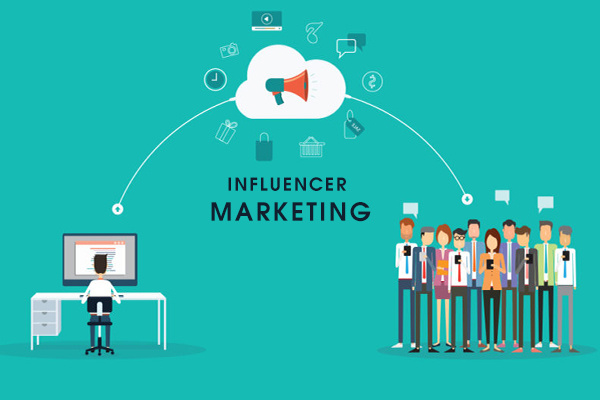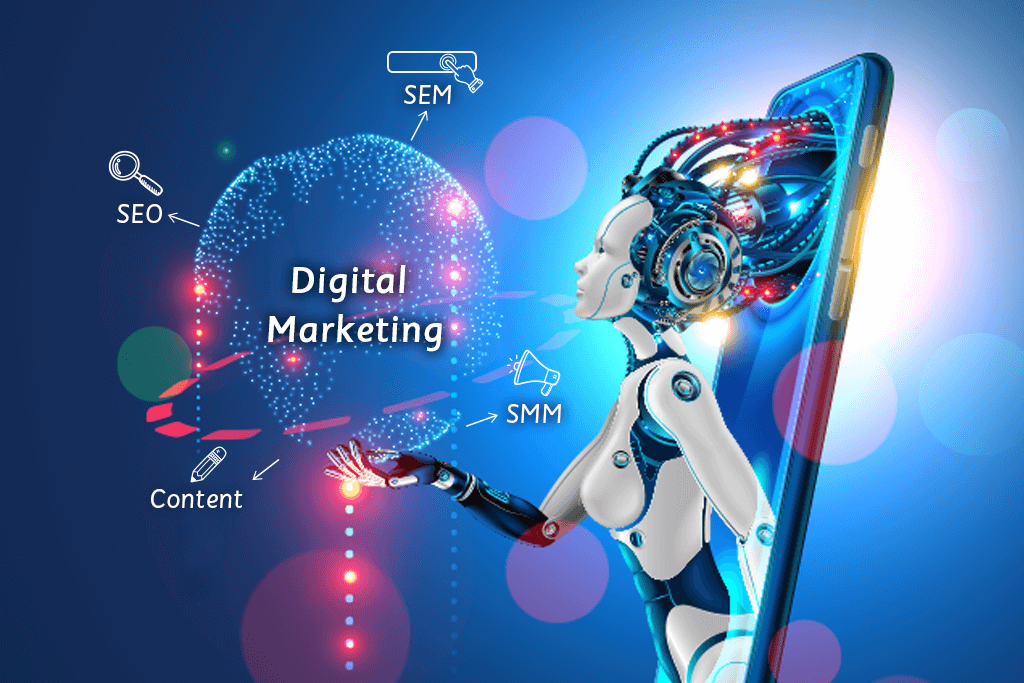Influencer marketing has become an integral part of digital marketing in recent years. With the rise of social media platforms, businesses are increasingly turning to influencers to promote their products and services. In this article, we will explore the power of influencer marketing in digital marketing and how businesses can use it effectively.
First, let’s define what influencer marketing is. Influencer marketing is the process of identifying and collaborating with individuals who have a significant following and influence over their audience. These individuals, known as influencers, have the ability to reach a large number of people and can be used to promote a business’s products or services. Influencers can be anyone from celebrities to everyday individuals who have built a large following on social media platforms such as Instagram, TikTok, and YouTube.
One of the key benefits of influencer marketing is that it allows businesses to tap into the trust and credibility that influencers have with their followers. Influencers have built up a relationship of trust with their followers over time, and this trust can be leveraged to promote products and services in a way that feels authentic and genuine. This is particularly important in today’s digital age where consumers are bombarded with advertisements and marketing messages, and are becoming increasingly skeptical of traditional forms of advertising.
Another benefit of influencer marketing is that it allows businesses to reach a new audience. Influencers have a large following, and by partnering with them, businesses can gain access to this audience and expand their reach. This is particularly useful for businesses looking to reach new markets or target groups. For example, a fashion brand looking to reach a younger audience can collaborate with a popular influencer on TikTok.
Influencer marketing can also be a cost-effective way to reach a large audience. Traditional forms of advertising, such as television and print ads, can be expensive, and it can be difficult to measure their effectiveness. Influencer marketing, on the other hand, is often more affordable and can be more easily tracked and measured. Additionally, influencer marketing allows businesses to target specific demographics, such as age, gender, and interests, which can lead to higher conversions and sales.
To effectively use influencer marketing, businesses should first identify the influencers that are the best fit for their brand. This may involve looking at factors such as the influencer’s niche, audience demographics, and engagement levels. Once a list of suitable influencers has been identified, businesses should then reach out to them and pitch their products or services. It’s important to note that influencer marketing is not just about promoting products and services. Businesses can also use influencer marketing to promote content such as blog posts, videos, and social media posts. By working with influencers, businesses can increase their reach and drive more traffic to their website.
When working with influencers, it’s important to be transparent and upfront about the partnership. Influencers have built their following based on trust and authenticity, and it’s important for businesses to respect that. This means being honest about the partnership and disclosing any sponsored content or affiliate links. Additionally, it’s important to work with influencers who align with the values and mission of your brand to ensure that the partnership feels authentic and genuine.
In addition to traditional influencer marketing, businesses can also use micro-influencers. Micro-influencers are individuals with a smaller following, typically between 1000 to 100k followers, who have a strong engagement rate and a niche audience. Micro-influencers can be more affordable to work with and can help businesses reach a more targeted audience.




